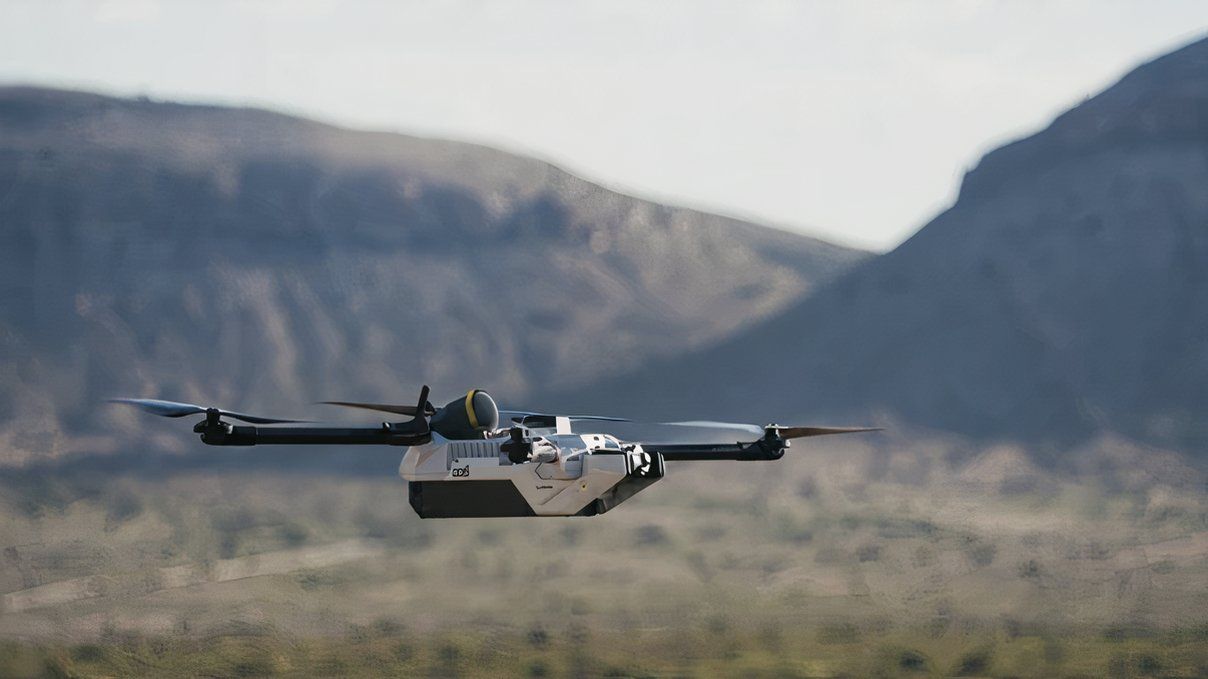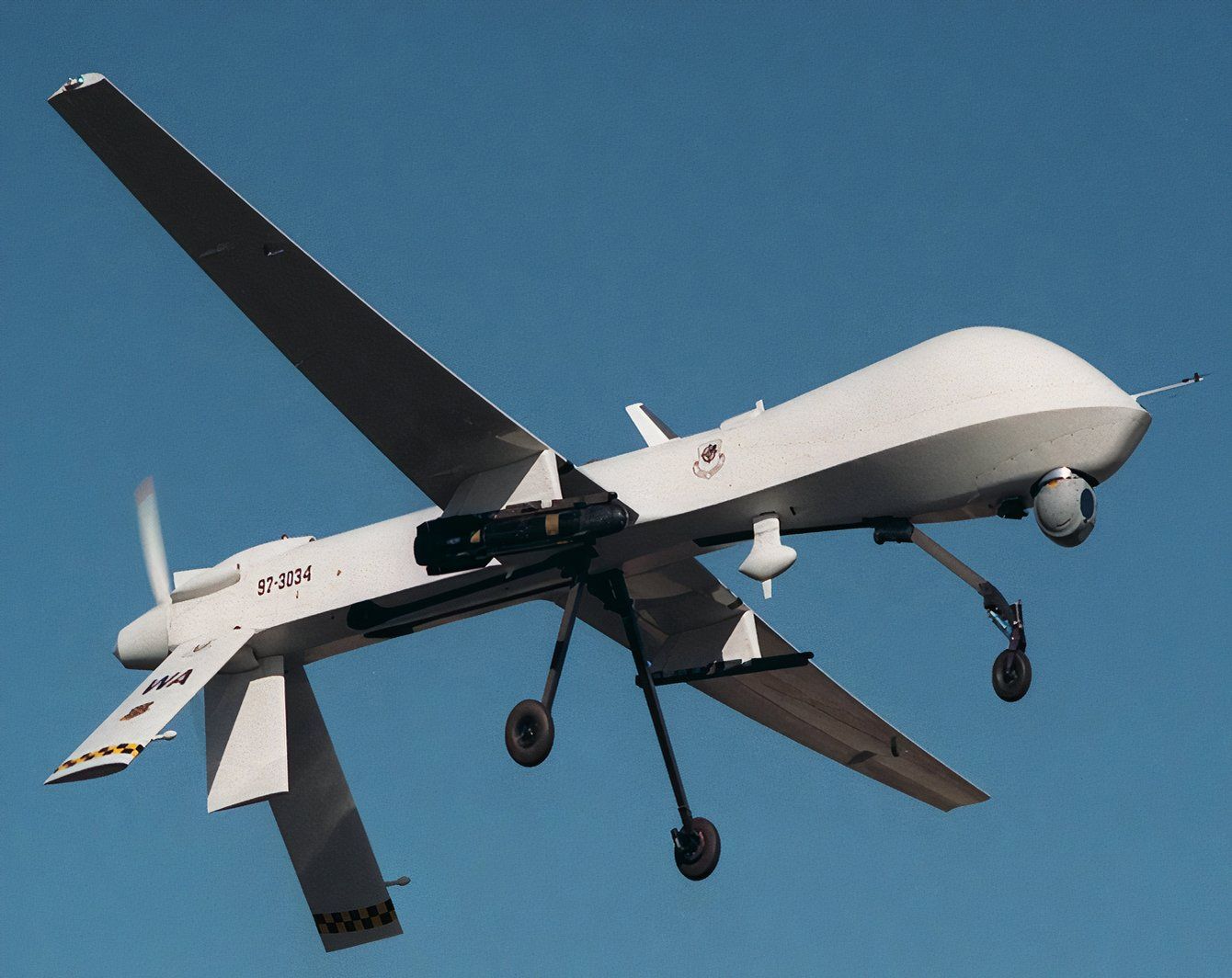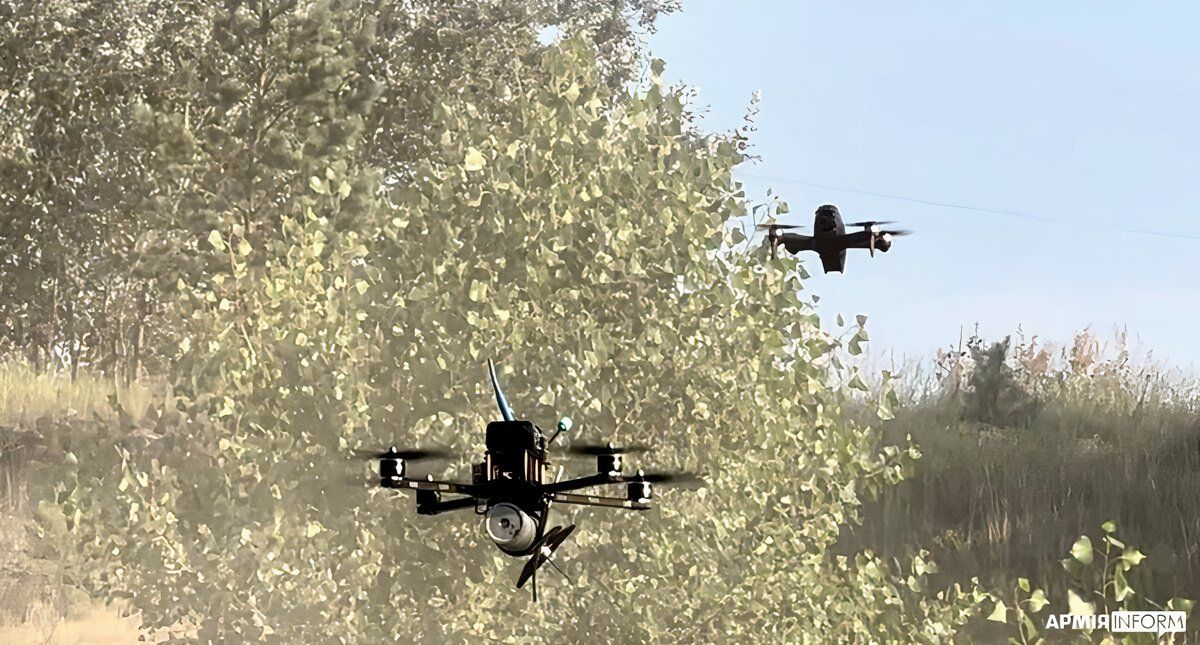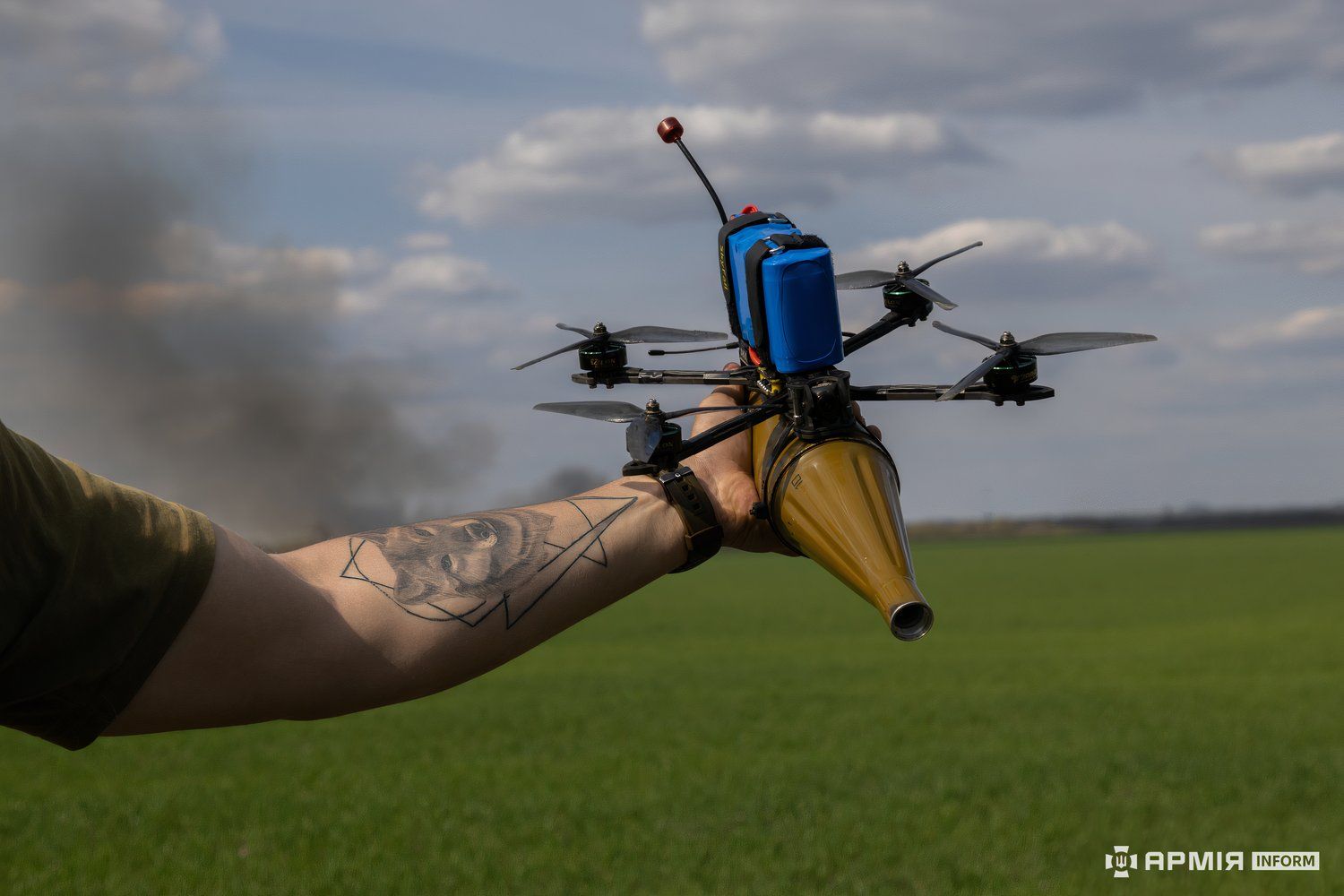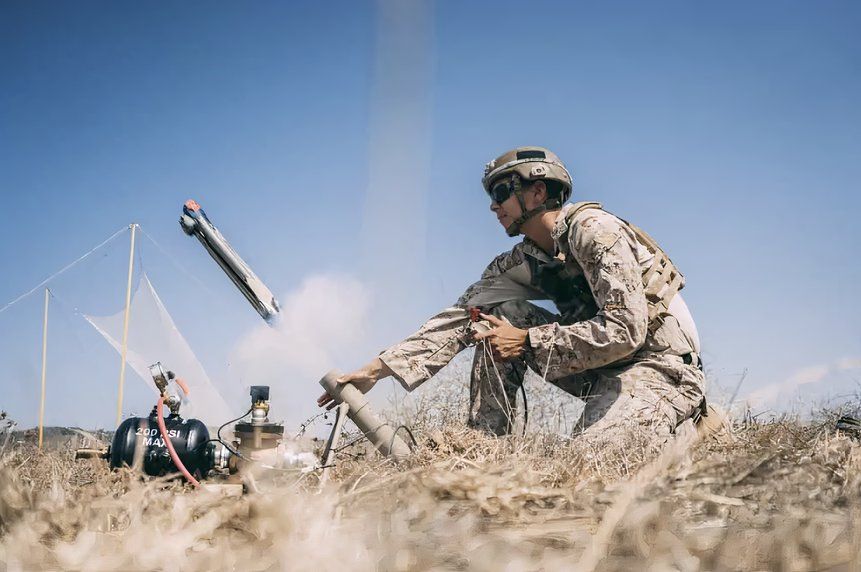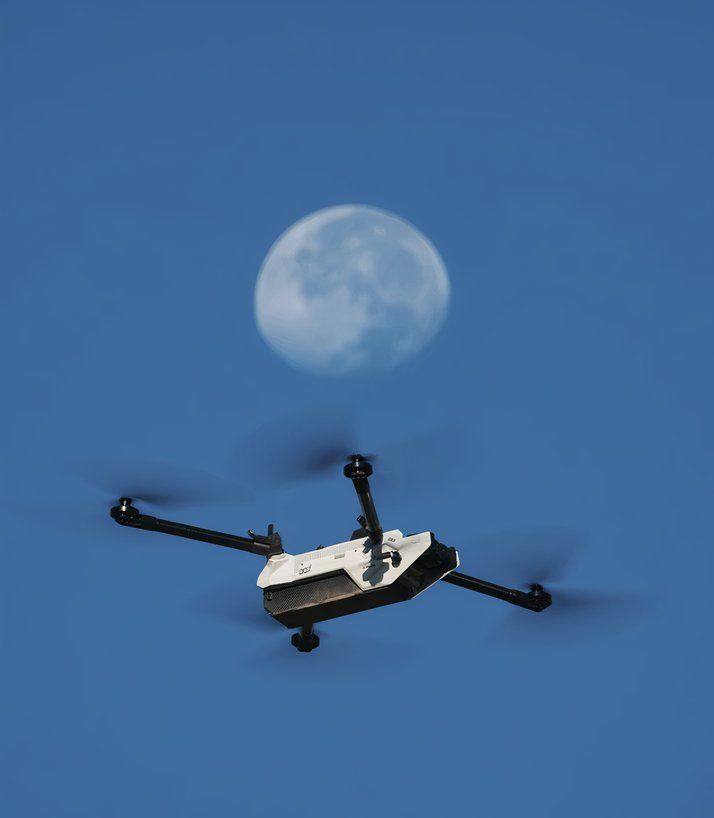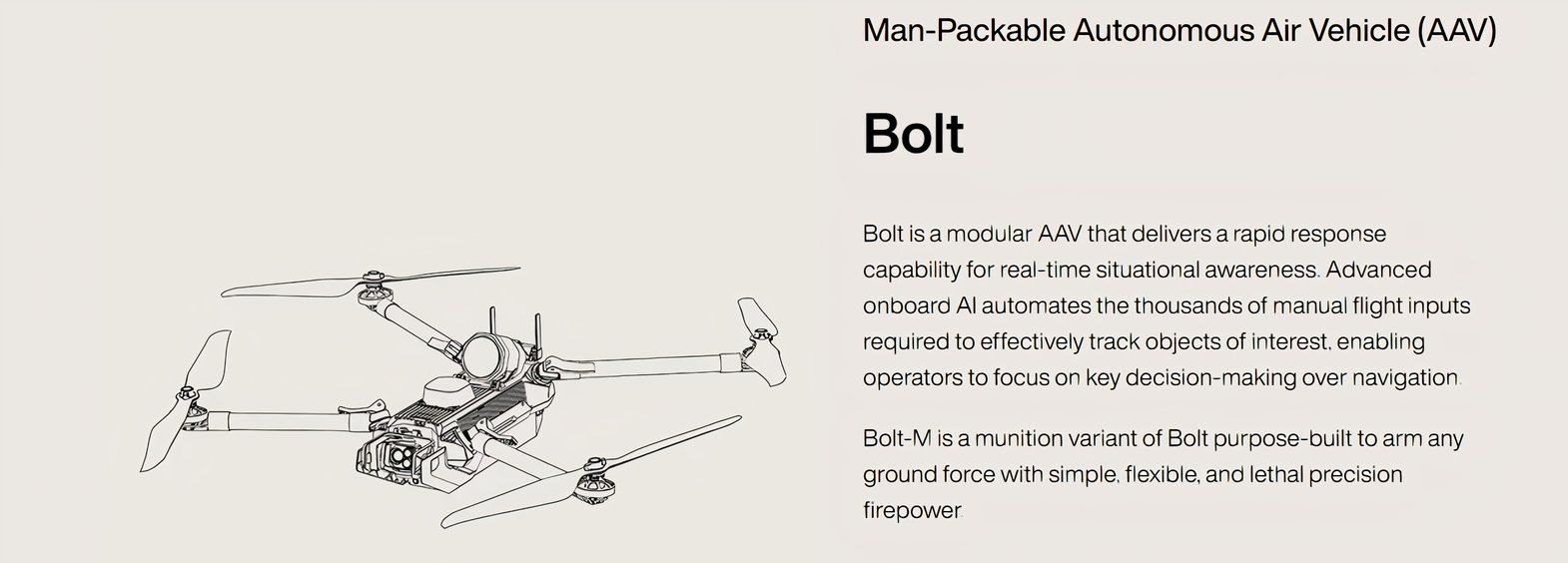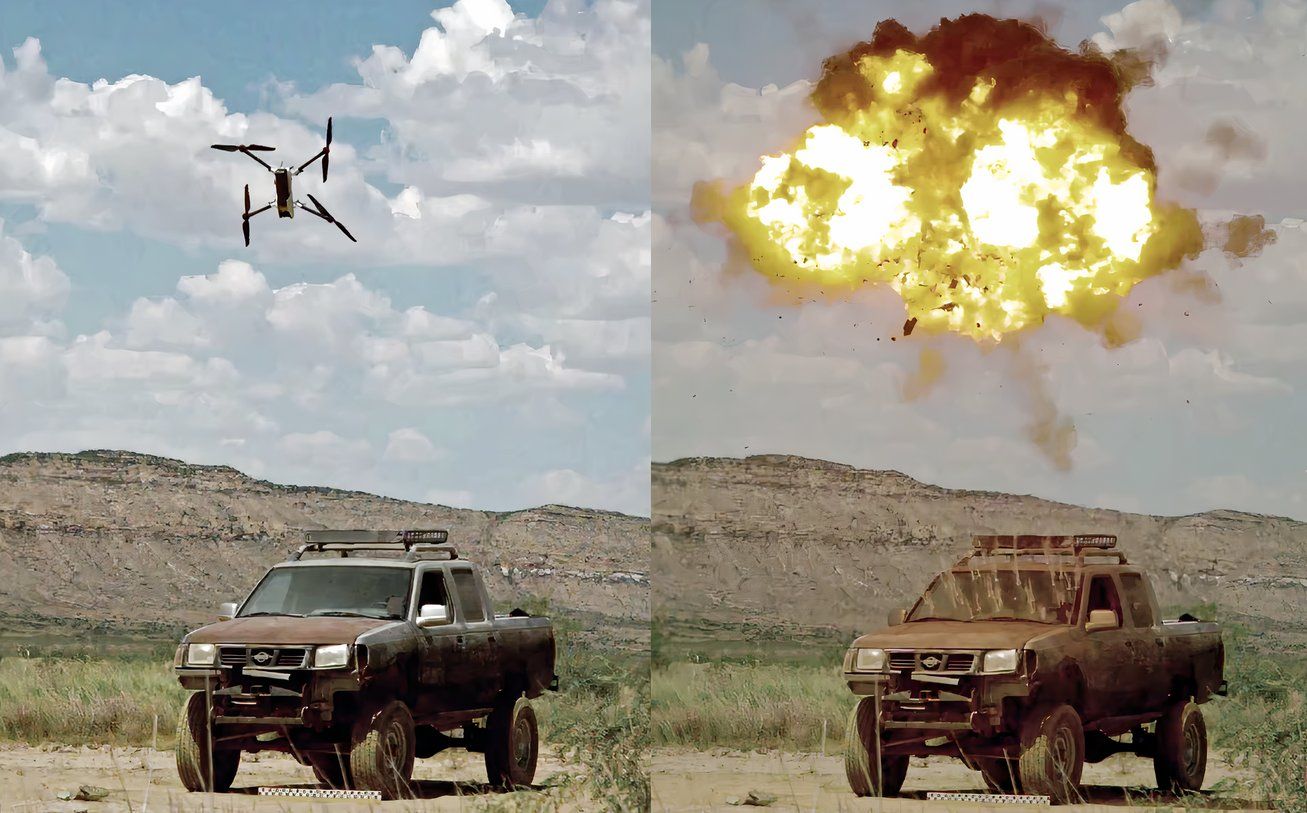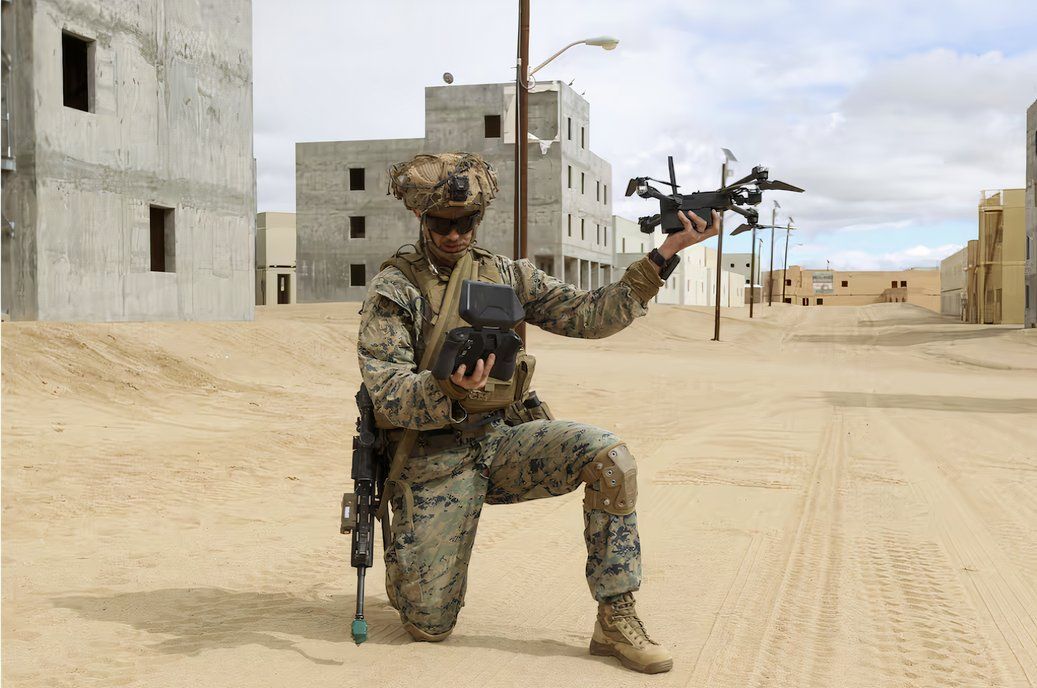The world and global affairs are constantly changing, and the art of warfare is no different. One of the most profound changes in warfare has been the inclusion of drones in combat operations.
Rise of the drones
Drones began to impact warfare in a large way during the US “War on Terror.” the Predator drone was a near-ubiquitous factor in the conduct of military operations in Iraq and Afghanistan. According to the Congressional Research Service, from 2010 to 2020, the US military and certainly the CIA launched 14,000 drone strikes in Afghanistan, Pakistan, Somalia, and Yemen.
Photo: USAF
…if it is shot down or malfunctions, and it crashes, there is no risk of death or capture for the pilot.
As long as they have fuel in the tank, they could provide near-constant overwatch and reconnaissance. With the predator drone and strike capabilities, all that needs to be done is switch out the operator in a distant office, if need be. One of the biggest net positives of employing drones is that if it is shot down or malfunctions and crashes, there is no risk of death or capture for the pilot.
Drones over Ukraine
Fast-forward to 2024, drones are a battlefield necessity for the Ukrainian and Russian Armies, and global militaries are taking notes. Generally speaking, US combat drones went from operating out of Air Force bases (as was the case in Afghanistan or Iraq) to being carried in the individual soldier’s backpacks and produced in basements, in some cases.
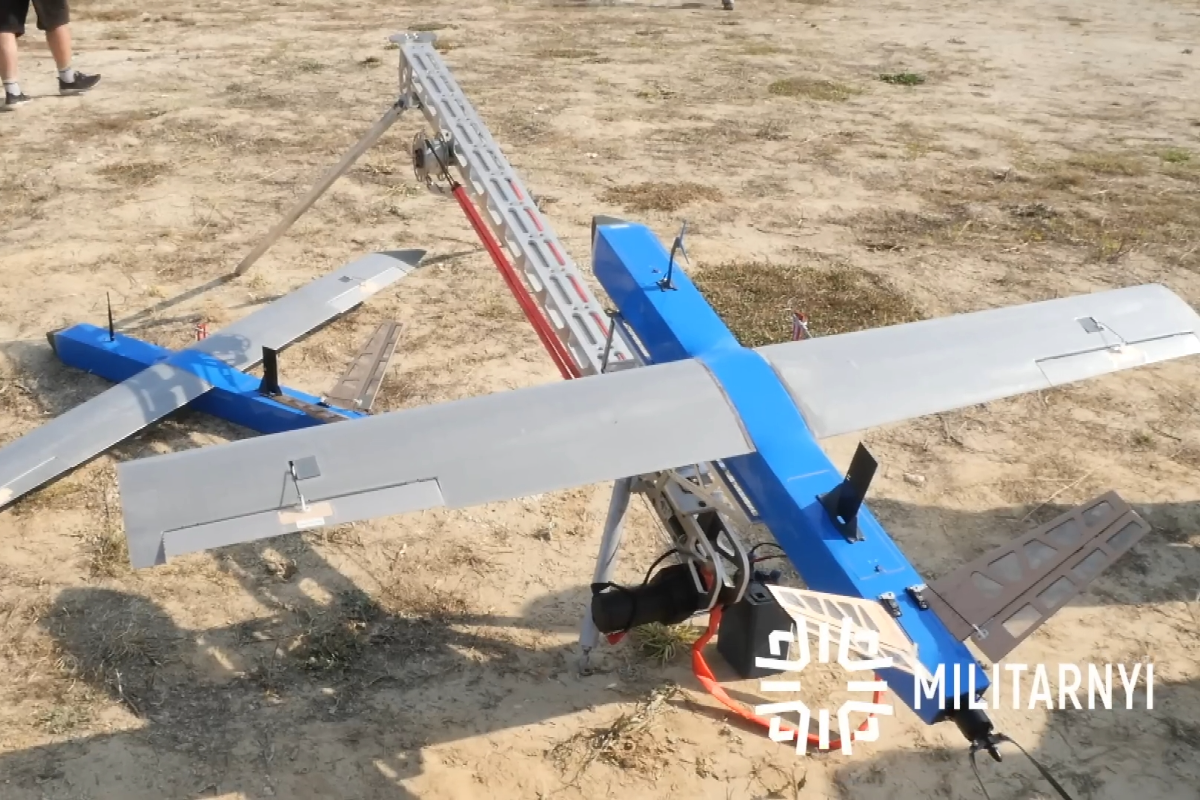
Related
Ukrainian Drones Strike Russian Ammo Storage Sites
Ukraine has had some of its most successful drone strikes on Russia, laying waste to massive Russian ammo storage bases.
On the battlefields of Ukraine, drones on both sides perform reconnaissance and damage assessment, and more ominously, they operate in hunter-killer teams. In these groups, one drone generally performs mapping and observation duties while the others wait to smash into the unsuspecting infantry below.
If the life of the average infantry soldier wasn’t hellish enough, first-person-view drones made the situation worse. In the past, at least a soldier could count on a mortar or artillery shell to be “dumb”, and just fall to the ground, albeit given general direction by a skilled crew with the occasional aid of a Forward Observer. Now a drone, armed with an explosive, can fly directly down onto an individual soldier, rip his body apart and maim the others in his squad. The thought of constantly being watched is surely horrendous.
The Ukrainian military uses 10,000 drones per month.
So prevalent are drones in Ukraine that the Center for a New American Security states that the Ukrainian military uses 10,000 drones per month. On the flip side, as noted by Asia Times, “…as many as 90% of the wounded Ukrainian soldiers who have made it to a stabilization point have been hit by an FPV drone or by explosives dropped by a drone.”
The US military is moving in sync with drone warfare
Since the development of the Switchblade drone, and its deployment with the US Army and
Marine Corps
around 2012, the US military has continued to develop loitering munitions (commonly referred to as kamikaze drones).
Photo: Sgt. Jannessa Davey | US Marine Corps
The necessity and utility of loitering munitions have only increased over the course of the Ukraine War. Drones are heavily embedded within current military planning, and this will not change anytime soon. One of the largest US Navy programs is the Replicator Program. This will see the production and fielding of tens of thousands of kamikaze drones (both naval and aerial) to overwhelm a Chinese amphibious invasion of Taiwan. The idea is to buy time for follow-on forces to arrive for Taiwan’s defense.
Marine Corps’ Organic Precision Fires-Light program and its contract winners
In land warfare, the Switchblade will continue to be an essential tool for the infantry. However, a new loitering munition will soon accompany and destroy enemy units in advance of the Marine infantry.
Photo: Anduril
This new drone is called the Bolt-M, and it was developed by Anduril, an American defense and technology company.
The Bolt-M is one of the winners of the Marine Corps’ Organic Precision Fires-Light program, which seeks to develop and field the next generation of combat drones. The contract order specifically desired a drone that can be carried by the individual soldier, contains an explosive munition, and is equipped with a ground control station, training simulator, and associated equipment that supports the technology.
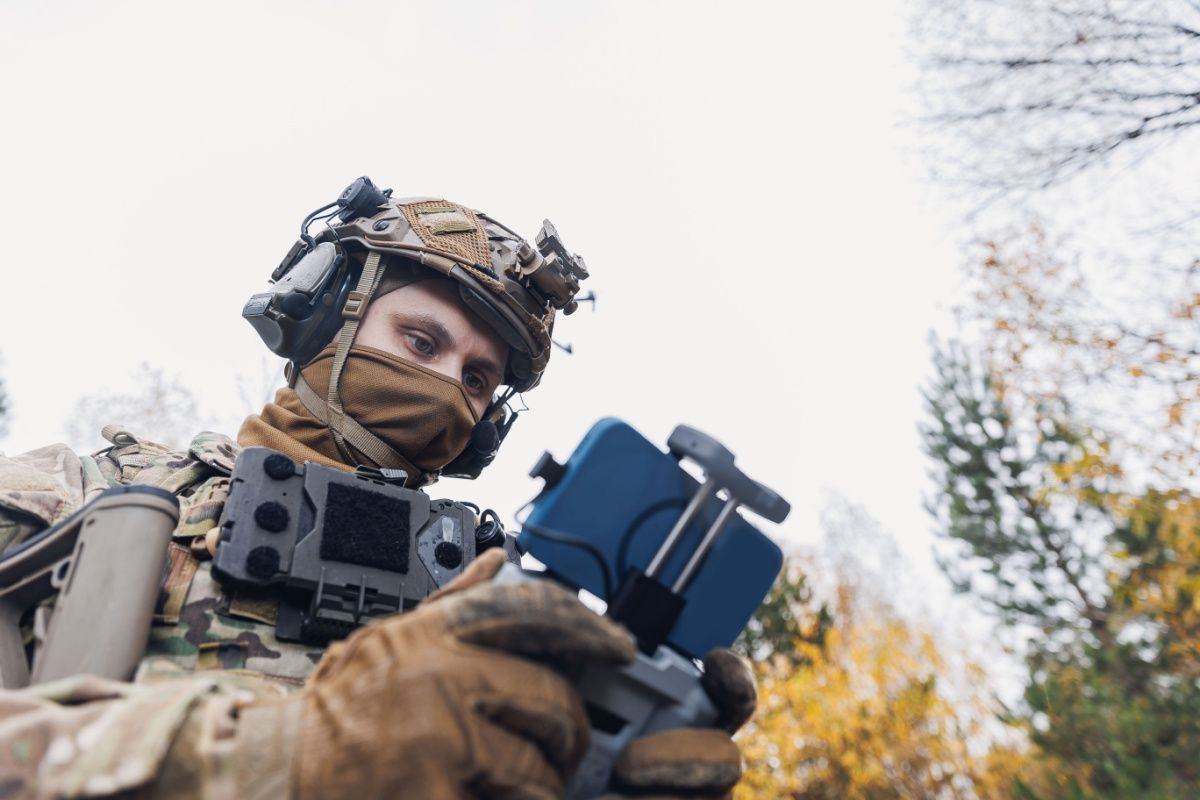
Related
Ukraine Is Building Jet-Powered Drones To Strike Russian Targets
Ukraine has now developed jet drones to attack Russian targets quickly and is known to be developing more of them.
The winners were
Anduril
, which received $6.5 million, AeroVironment, which received $8.9 million and Teledyne FLIR, which received $12.1 million in contract funding. However, the contracts could have a total combined value of up to 249 million. The work is expected to be completed by 2026.
Anduril and the Bolt-M loitering munition
According to Anduril, the Bolt-M weighs 15 pounds (6.8 kg) with its payload, about five pounds more than the standard M27 assault rifle used by the Marines today.
To increase its battlefield effectiveness, the Bolt-M utilizes Anduril’s innovative Lattice software.
Photo: Anduril
According to DefenseScoop, Chris Brose (Anduril’s chief strategy officer) stated:
“There’s a …basic backpack form factor that…this packs down into, and you can throw it on your back and bring it with you. So in that respect, yeah, we really mean sort of the ability of a single operator to carry it, set it up, launch it, use it,”
The Bolt-M is a vertical takeoff and landing drone. It reportedly has a payload capacity of three pounds, more than 40 minutes of endurance, and a range of 20 kilometers. It will be capable of engaging light vehicles, dismounted personnel, trenches, and other static targets.
Photo: Anduril
To increase its battlefield effectiveness, the Bolt-M utilizes Anduril’s innovative Lattice software. This enables the drone to filter high-value information via artificial intelligence, machine learning, and highly efficient data processing capabilities.
Lattice will aid the drone in reacting quickly to the constant flow of battlefield information, thus enabling it to precisely track and destroy its designated target.
Once a target has been locked, Lattice allows the operator to select a standoff position for the drone to hover within, keeping it beyond the intended target’s visual or acoustic detection range.
Photo: Anduril
A final notable detail about the Bolt-M is its onboard vision and guidance algorithms. These allow the drone to maintain its terminal guidance when the connection with the operator is lost.
Anduril and the future of drone warfare
A drone such as Anduril’s Bolt-T is much cheaper than infantry portable rockets or hellfire missiles launched from an attack aircraft. They can also be mass-produced quickly, which is a huge benefit, as in Ukraine, drones are being produced, deployed,, and used in vast quantities.
Photo: Lance Cpl. Ryan Kennelly | US Marine Corps
The kamikaze drone will not disappear for some time, as it provides too many benefits for infantry and battlefield commanders. It allows for constant monitoring of a battlefield, prompt strike and destruction of enemy military formations, and surveying of battlefield damage. All of these capabilities come at a relatively insignificant price; the quadcopters used in Ukraine cost approximately $700.
For the US Marines, in addition to their rigorous training and conventional weapons handling skills, Anduril’s Bolt-M will keep their warfighting skills sharp, making them an even more effective combat force.

Related
How Do Police Departments Use Drones?
Drones are integral for major crime scene investigations.

